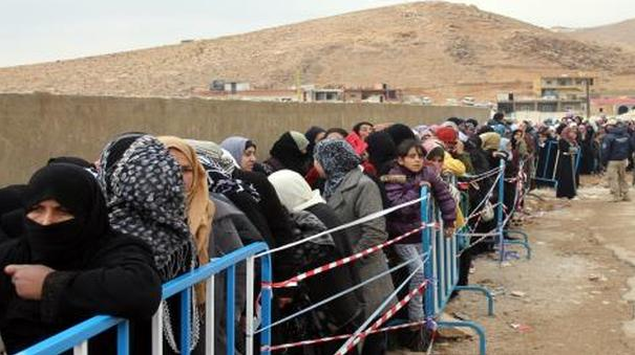Beyond extensive media coverage of the Islamic State group's crimes and the US-led alliance bombing of Iraqi sites claimed to be under IS control, lurks a massive ticking time bomb, named internally displaced persons.
According to the latest Iraq report from the United Nations' Office for the Coordination of Humanitarian Affairs (OCHA), 57,000 children reside in camps.
"Of the 2.47 million IDPs across Iraq, an estimated 720,000 are school-age children between the ages of six to 17 years, and an estimated 123,000 children between the ages of four to five years."
You can easily get lost in figures, even when they are produced by a reliable source or a UN body. Most of the reports on IDPs cover the period starting from January 2014, which immediately raises an important question - what about the huge number of the IDPs forced from their homes in the 11 years between the 2003 invasion and the violent liquidation of mass protests in the four central provinces at the end of 2013?
The Internal Displacement Monitoring Centre (IDMC) reported that in 2010 there were 2.8 million people displaced within Iraq?
Iraq's IDP situation ranks second only to Syria in scale and seriousness.
One in four of Iraq's 33 million population have become either IDPs or refugees.
Some of them have suffered forced displacement twice if not three times.
Mapping Iraq's IDP situation, which ranks only after Syria in the scale of humanitarian emergencies on many levels - access to shelter, food, security, jobs, and children's education - lead us to examine the effects of such calamity on social cohesion and development, with children's education as a starting point.
Read More


 RSS Feed
RSS Feed